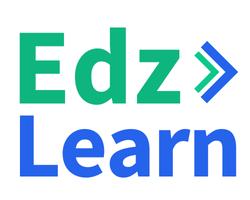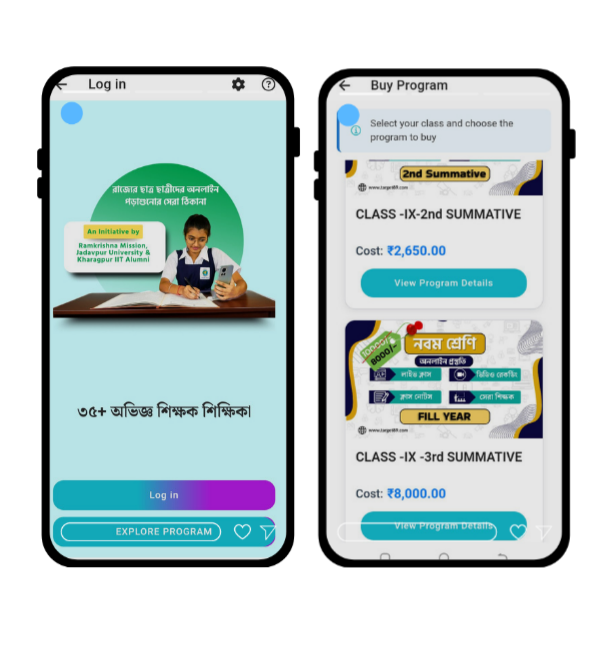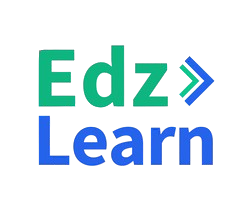Ethical AI in EdTech : Artificial Intelligence (AI) is no longer a futuristic concept—it’s here, and it’s reshaping the way we learn, teach, and manage education. From personalized learning paths to AI-powered chatbots and predictive analytics, EdTech platforms are using AI to unlock new levels of accessibility, engagement, and efficiency. But as this technology evolves, so do the ethical questions surrounding its use. How do we ensure that the innovation we embrace doesn’t come at the cost of student privacy, fairness, or human connection?
In this blog, we dive into the heart of Ethical AI in EdTech, exploring how the education industry can harness AI’s power responsibly, and why striking the right balance between progress and principles is the need of the hour.
The Rise of AI in Education
Let’s face it—AI has become the engine driving the next-gen classroom. From adaptive learning tools that modify content based on learner performance to AI tutors that offer 24/7 student support, the potential is massive. Schools, universities, and corporate training platforms now rely on AI for:
- Personalized content recommendations
- Automated grading and feedback
- Performance analytics
- Chatbot-assisted help desks
- Language translation and accessibility enhancements
But with this explosion in AI adoption comes a set of critical challenges: bias, data privacy, transparency, and accountability. Without careful implementation, AI in education can do more harm than good.
Ethical AI: What Does It Really Mean?
When we talk about ethical AI, we’re referring to systems that are designed, developed, and deployed in ways that respect human rights, prioritize fairness, and mitigate harm. In EdTech, this means creating AI tools that:
- Protect student data
- Avoid biased decision-making
- Remain transparent about how decisions are made
- Support, not replace, human educators
Let’s break down the key ethical pillars guiding AI in education.
1. Data Privacy and Security
AI thrives on data—student scores, behavioral patterns, engagement metrics, attendance logs. But with great data comes great responsibility. Institutions must ensure that all collected data is:
- Collected with consent: Users (or guardians) must know what data is being gathered and why.
- Stored securely: Use encryption, access controls, and regular audits.
- Used ethically: Data should never be sold or used for commercial purposes without permission.
EdTech companies must comply with global privacy laws, like GDPR in Europe and FERPA in the U.S., but beyond that, ethical AI calls for a privacy-first approach by design.
2. Fairness and Bias Mitigation
Imagine an AI tool that recommends students for advanced courses but consistently favors certain demographics. That’s not just a glitch—it’s algorithmic bias.
Bias in AI can arise from:
- Skewed training data
- Poor model design
- Hidden assumptions in the logic
To prevent this, ethical AI systems should:
- Regularly audit algorithms for bias
- Use diverse data sets
- Include human-in-the-loop validation for sensitive decisions (like grading or admissions)
The goal? Ensuring every learner gets a fair chance—regardless of background, location, or learning ability.
3. Transparency and Explainability
How does an AI system determine that one student is struggling while another is excelling? If the reasoning is opaque, both students and educators are left in the dark.
Transparency is vital in building trust.
Ethical AI systems should:
- Clearly communicate how decisions are made
- Allow users to challenge or appeal decisions
- Provide interpretable explanations (not just scores)
This empowers educators to make informed choices, rather than blindly relying on a black-box recommendation.
4. Human Oversight and Responsibility
AI should enhance teaching—not replace teachers.
One of the biggest ethical concerns is over-automation. While it’s tempting to hand over tasks like grading, student feedback, or curriculum design to AI, it’s important to maintain human oversight.
Teachers should always:
- Have the final say in assessments
- Review AI-generated insights before acting
- Use AI tools as decision support, not decision-makers
AI may be smart, but it lacks empathy, cultural context, and the nuanced understanding of a student’s individual journey. That’s where humans shine.
5. Accessibility and Inclusion
Ethical AI should level the playing field—not create new barriers.
AI-powered learning tools should be designed to accommodate:
- Students with disabilities (via screen readers, voice assistants, etc.)
- Non-native language speakers (via real-time translation)
- Learners in remote or underserved areas (with low-bandwidth access)
In short, AI must serve every learner, not just those with the best devices or fastest internet.
How to Implement Ethical AI in EdTech Platforms
Building responsible AI doesn’t happen by accident. Here’s a roadmap for institutions and EdTech providers:
A. Adopt Ethical AI Guidelines
Frameworks like UNESCO’s AI in Education guidelines or the OECD’s AI principles are great starting points. Organizations should define their own internal AI ethics charter based on these.
B. Involve Stakeholders Early
Bring in teachers, students, parents, and administrators when designing or selecting AI tools. They’ll spot potential ethical issues others may miss.
C. Conduct Ethical Impact Assessments
Before launching an AI-powered feature, assess:
- What data is being used?
- Are there potential biases?
- Could this impact student mental health or motivation?
If the risks outweigh the benefits, rethink your approach.
D. Educate Your Users
Teachers and learners should be trained on how to use AI tools responsibly. Knowledge is the first step toward ethical usage.
Real-World Examples of Ethical AI in Action
- AI Writing Assistants: Tools like Grammarly or QuillBot offer suggestions without making final decisions—empowering learners rather than doing the work for them.
- AI Proctoring with Caution: Platforms that flag suspicious behavior for review (rather than auto-punishing students) strike a balance between automation and fairness.
- Bias Auditing in Admissions Algorithms: Some universities now regularly audit their AI-driven admissions tools to ensure fairness in candidate selection.
The Challenges Ahead
Despite the best intentions, ethical AI in EdTech still faces hurdles:
- Commercial pressure: Startups may prioritize speed over ethics to outpace competition.
- Lack of regulation: Many countries still lack strong laws to govern AI in education.
- Technical complexity: Even developers don’t always fully understand how their models work.
But these challenges aren’t roadblocks—they’re reminders that we must be vigilant, transparent, and collaborative in our approach.
Conclusion: Innovation Without Compromise
The future of education is undeniably AI-powered—but it must also be ethics-driven. As educators, technologists, and learners, we face a defining moment: will we let AI take the wheel blindly, or will we guide its direction with thoughtfulness, responsibility, and empathy?
An ethical AI-powered EdTech ecosystem is not just about smarter systems—it’s about building trust, preserving human connection, and ensuring that no learner is left behind.
The best learning experiences aren’t just efficient—they’re fair, inclusive, and deeply human. And that’s something AI, no matter how advanced, should always strive to support—not replace.
This Blog is Written By Ritika Saxena,
Content Writer and Social Media Manager At
Edzlearn Services PVT LTD.
For More Information Connect With Her on Linkedin : https://www.linkedin.com/in/ritika-saxena0355/
Read our Recent Blogs: https://edzlms.com/blogs/
Download our Recent Case Study: https://edzlms.com/case-study/For anything related to LMS, feel free to reach out or book an appointment at : https://calendly.com/edzlms/30min.















